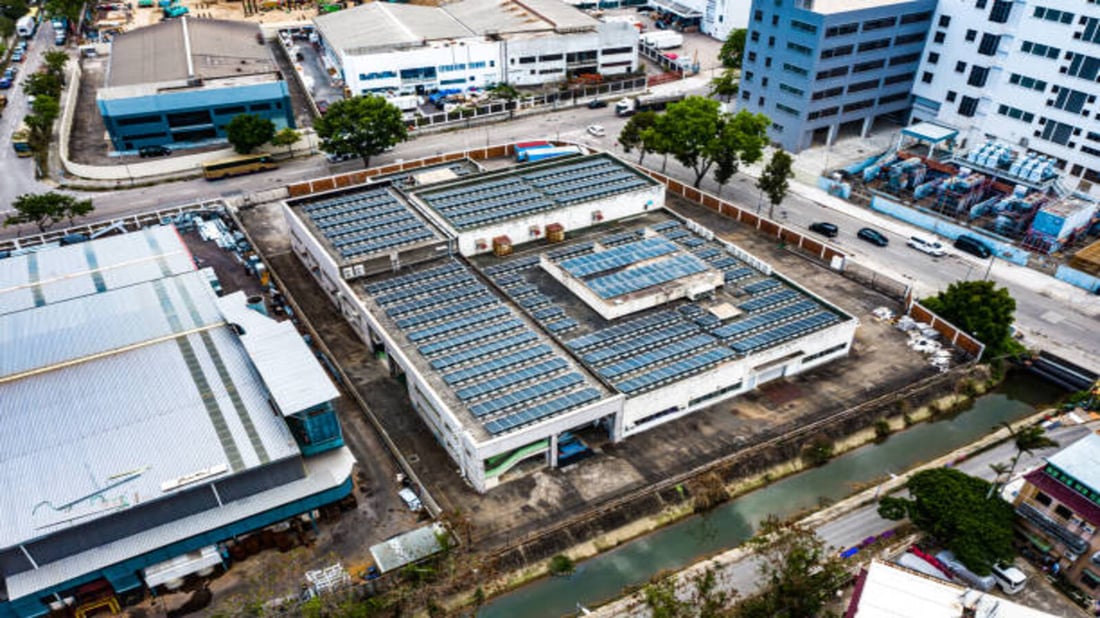The Importance of Sustainable aluminum materials for photovoltaic energy systems
As we continue to develop renewable energy sources, photovoltaic energy systems have become an increasingly important part of our energy mix. However, it's not just the technology itself that needs to be sustainable – the materials used in these systems also play a crucial role. One material that has the potential to make a big impact is aluminum. Here's why.
1. Aluminum's Low Carbon Footprint
One of the main benefits of aluminum is that it is a highly sustainable material from a carbon footprint perspective. The production of aluminum uses just 5% of the energy required for producing primary steel, and the recycling of aluminum requires just 5% of the energy required to produce new aluminum. This makes aluminum a key material for reducing our energy consumption and carbon emissions.
2. Durability and Longevity
Another major benefit of aluminum is its strength and durability. Aluminum is resistant to corrosion and degradation, and it has an incredibly long lifespan – up to several decades in some cases. This makes it an ideal material for use in photovoltaic energy systems that need to withstand harsh weather conditions and maintain their efficiency over the long term.
3. Lightweight and Easy to Install
Aluminum is also an incredibly lightweight material, which makes it easy to transport and install. This can help to reduce the carbon footprint of the entire supply chain for photovoltaic energy systems, from production to installation. Additionally, aluminum is easy to work with and can be extruded or machined into a wide range of shapes and sizes, making it a versatile choice for many different applications.
4. Cost-Effective
When it comes to photovoltaic energy systems, cost is always a major factor. Fortunately, aluminum is a relatively inexpensive material compared to other metals like copper or steel. This makes it a cost-effective choice for everything from solar panel frames to support structures and wiring.
5. Highly Recyclable
Finally, one of the biggest advantages of aluminum is its recyclability. Unlike other metals, aluminum can be recycled again and again without losing any of its properties. In fact, recycling aluminum uses just 5% of the energy required to produce new aluminum from scratch. This makes aluminum a truly sustainable material that can be used in a wide range of applications.
6. Aluminum in Solar Panel Frames
One of the most common uses of aluminum in photovoltaic energy systems is in the frames that hold solar panels in place. Aluminum is an ideal material for this application because it is both lightweight and strong, which means it can hold up to the weight of the panels without adding unnecessary bulk. Additionally, aluminum is resistant to corrosion, which makes it ideal for use in outdoor applications where it will be exposed to moisture and other environmental factors.
7. Aluminum Wiring and Connectors
Aluminum is also commonly used in the wiring and connectors that connect solar panels to the rest of the system. This is because aluminum is an excellent conductor of electricity, which means it can carry electrical current efficiently. Additionally, aluminum is lightweight and flexible, which makes it easy to work with and install. Finally, aluminum is resistant to corrosion, which means it will last a long time in the harsh outdoor conditions that solar panels are typically exposed to.
8. Aluminum Support Structures
In addition to frames and wiring, aluminum is also commonly used in the support structures that hold up solar panels. These structures need to be strong, durable, and able to withstand heavy loads, which makes aluminum an ideal choice. Additionally, aluminum is lightweight and easy to work with, which can help to reduce installation time and costs.
9. Advances in Sustainable Aluminum Production
As demand for sustainable materials continues to grow, there has been a lot of innovation in the production of aluminum. One example is using renewable energy sources like solar or wind power to power aluminum production plants. This can help to further reduce the carbon footprint of aluminum production, making it an even more sustainable choice for photovoltaic energy systems.
10. Conclusion
Sustainable aluminum materials have the potential to play a major role in the transition to renewable energy sources, particularly in photovoltaic energy systems. From their low carbon footprint and durability to their ease of installation and cost-effectiveness, aluminum materials offer a range of benefits that make them an increasingly popular choice for solar energy applications. Additionally, advances in sustainable aluminum production are making this already-sustainable material even more environmentally friendly.

